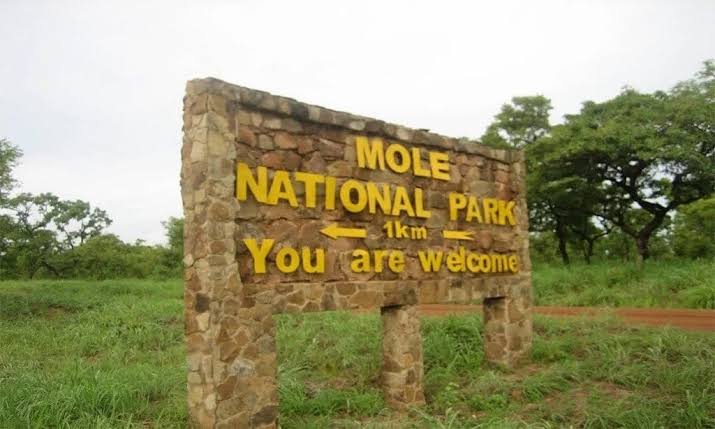Mole national park
The park’s lands were set aside as a wildlife refuge in 1958. In 1971, the small human population of the area was relocated and the lands were designated a national park. The park has not seen major development as a tourist location since its original designation. The park as a protective area is underfunded and national and international concerns exist about poaching and sustainability in the park, but its protection of important resident antelope species has improved since its initial founding as a preserve.
The park’s lands were set aside as a wildlife refuge in 1958. In 1971, the small human population of the area was relocated and the lands were designated a national park. The park has not seen major development as a tourist location since its original designation. The park as a protective area is underfunded and national and international concerns exist about poaching and sustainability in the park, but its protection of important resident antelope species has improved since its initial founding as a preserve.
The park is an important study area for scientists because of the removal of the human population from within the park allowing for some long-term studies, in particular, of relatively undisturbed sites compared to similar areas of densely populated equatorial West Africa. One study on the resident population of 800 elephants, for example, indicates that elephant damage to large trees varies with species. In Mole, elephants have a greater tendency to seriously injure economically important species such as
Burkea africana, an important tropical hardwood, and Butyrospermum paradoxum , the source of shea butter , over the less important Terminalia spp.
Recently, honey made from flowers in the Molé National Forest has become the region’s first fair-trade commodity. Nearby, villagers harvest the honey using traditional, non-invasive methods, and have partnered with a Utah-based company to sell the honey as a health and wellness supplement in the United States. The program was co-founded by Ashanti Chief Nana Kwasi Agyemang, who hopes to re-ignite local interest in the honey and eventually export it to other countries in Africa. Simply the best from Cometowestafrica.


